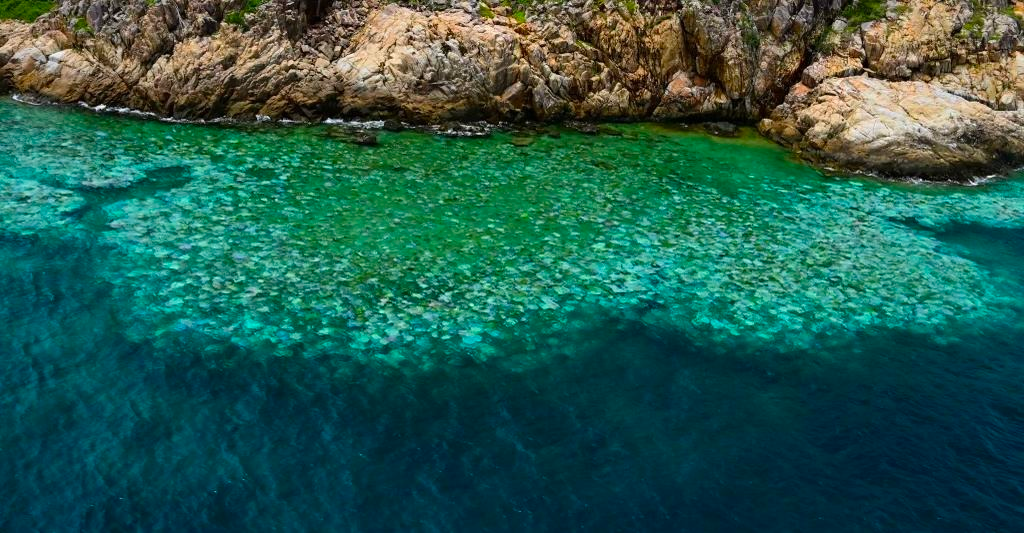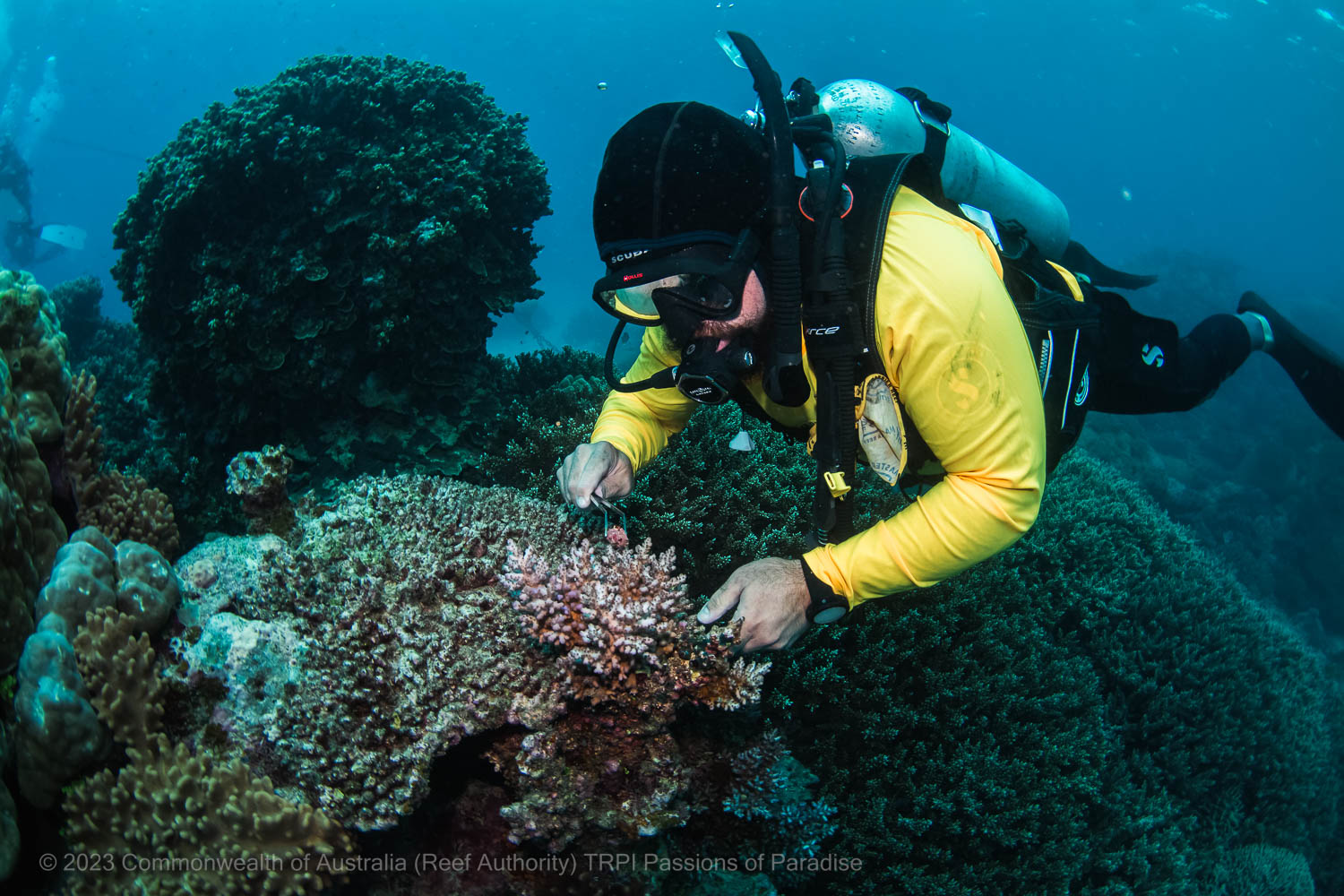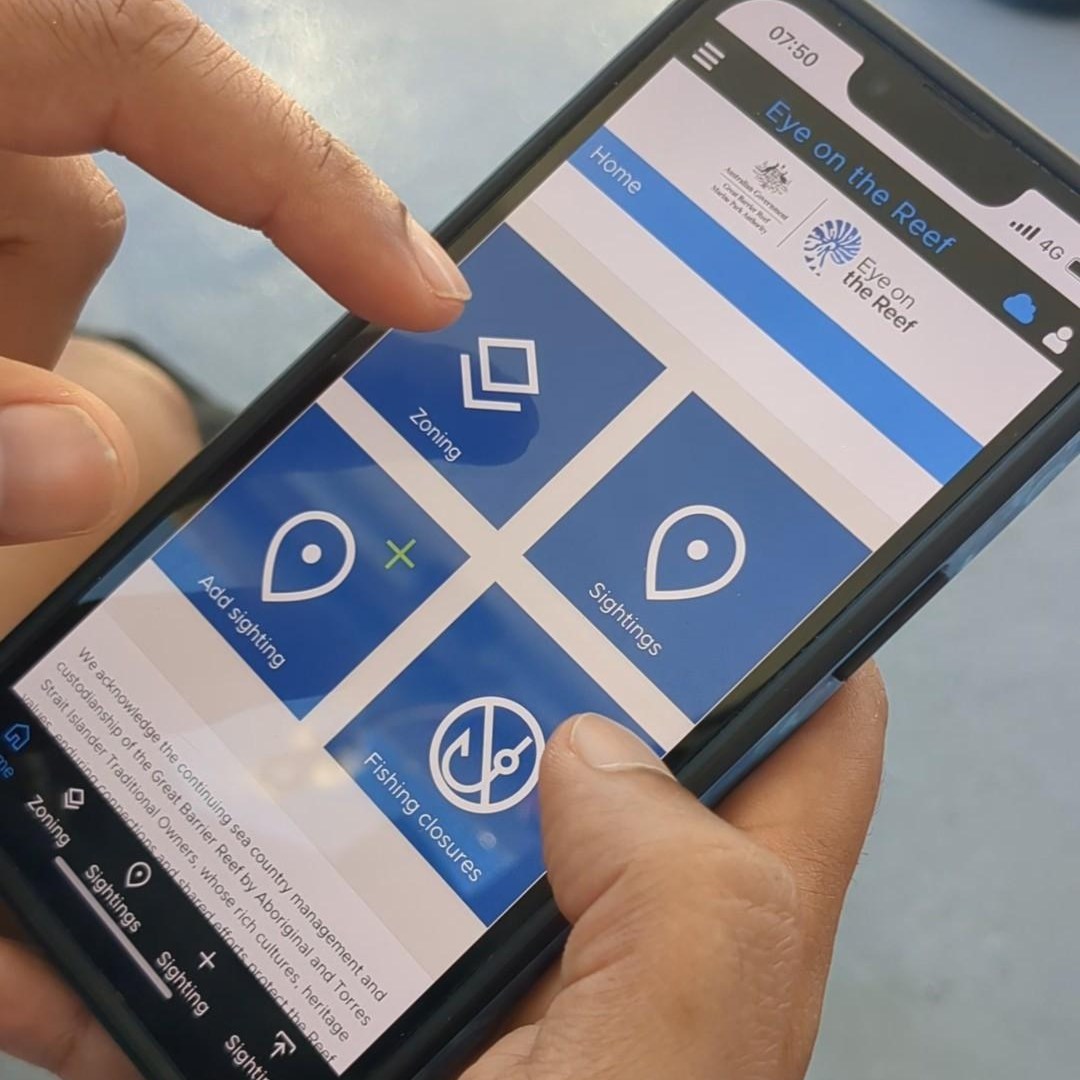The Great Barrier Reef is the largest and best-known coral reef ecosystem in the world and hosts thousands of species of hard and soft corals.
There is nowhere else on the planet like the Reef. The World Heritage site is one of the most complex, breathtaking ecosystems in existence.
As well as its important environmental benefits, the Reef attracts more than two million tourists a year, contributes billions to the Australian economy and supports tens of thousands of jobs.
What are corals?
Despite looking like plants, coral's are actually marine animals, closely related to jellyfish. Corals are invertebrates that belong to a large group of animals called Cnidaria. These fascinating creatures are colonial organisms, which means many individual corals live and grow while connected to one another.
There are around 450 species of hard corals on the Great Barrier Reef and more than a thousand species of soft corals. These animals come in a variety of shapes, sizes and colours.
There are two main types of corals - hard and soft.
Soft corals all have eight tentacles and can be feathery in appearance. Hard corals are reef builders - they extract calcium from seawater to make limestone outer skeletons, which form coral reefs.

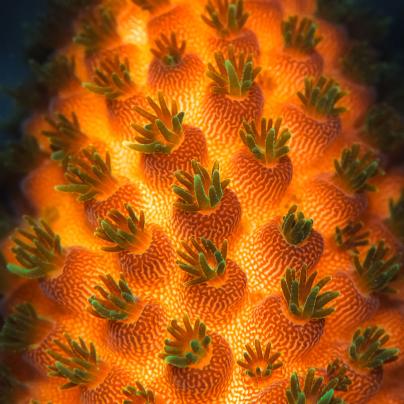
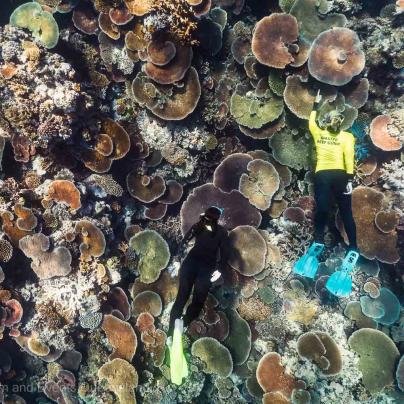
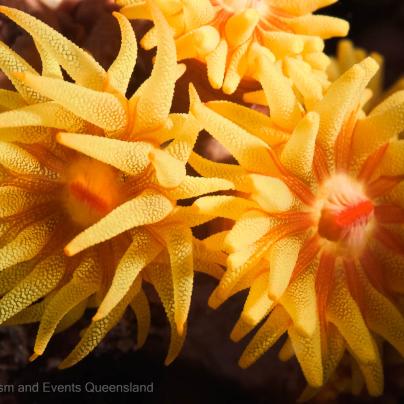
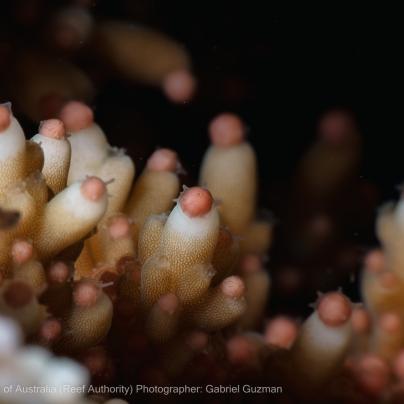
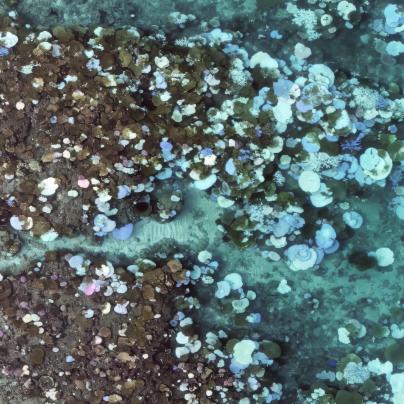
What colour is coral?
Corals range in colour from red to purple and even blue, but are most commonly shades of brown and green.
They get their colours from the millions of microscopic algae that grow in the coral polyp's called zooxanthellae which has a symbiotic relationship with their host coral. The host coral provides a home for the algae, protecting them from the elements and supplying the necessary components for photosynthesis.
Zooxanthellae have a pigment called chlorophyll. This pigment can be yellow, green, or brown. When exposed to sunlight, chlorophyll helps convert carbon dioxide and water into a type of sugar called glucose, which provides energy for both the zooxanthellae and the coral.
The amount of zooxanthellae in the coral tissue largely decides the colour of the coral.
Corals also make other pigments that help shield them from too much sunlight.
How do we determine the health of a Reef?
One of the key responsibilities we have at the Reef Authority is monitoring how healthy the Reef is.
The Reef Authority closely monitors conditions on the Reef throughout the year, but with a heightened focus during the high-risk summer period.
Conditions on the Reef are informed using scientific data and modelling and drawing on information from in-water and aerial observations.
Coral reefs are one of the most biodiverse ecosystems. They teem with life, ranging from fish to invertebrates. While reefs are made up of more than coral, one of the ways we monitor the health of the Great Barrier Reef is by calculating the percentage of live hard and soft corals present. We do this by working out how much hard coral is covering the seafloor.
Scientists around the world use this measure, and while it doesn't tell us what types of coral the reef is made of, it's a simple way to calculate how healthy a reef is.
In other words, a healthy reef is one characterised by relatively high live coral cover.
What does the term 'coral cover' mean?
'Coral cover' is a term used to represent the percentage of the reef surface covered in live coral. It is a simple, robust, widely used measure to determine coral reef condition.
Hard coral cover looks at the proportion of hard coral compared to other components such as algae, sand and other marine creatures.
Hard coral is important as it forms a three-dimensional structure that supports fish and other marine life that lives on the reef.
Coral cover can increase or decrease depending on natural weather events and external forces such as climate change.
Coral monitoring programs
The Australian Institute of Marine Science (AIMS) has been monitoring the length and breadth of the Great Barrier Reef for more than 37 years.
The Long-Term Monitoring Program is the most comprehensive record of coral reef condition available for the Reef, with a focus on the long term trends in coral decline and recovery.
This long-term record is extremely valuable in enabling us to understand how pressures, such as climate change, are affecting the Reef and guiding actions to protect it into the future.
Inshore reefs are monitored as part of the Reef Authority's Marine Monitoring Program.
Additional observations are gathered by the Reef Health impact surveys conducted regularly across the Great Barrier Reef as part of the Eye on the Reef program. It is a quick and efficient way to provide a snapshot of reef health at a point in time on any given reef.
The Reef remains a vibrant, resilient marine ecosystem, however climate change remains the greatest threat to the Reef.

